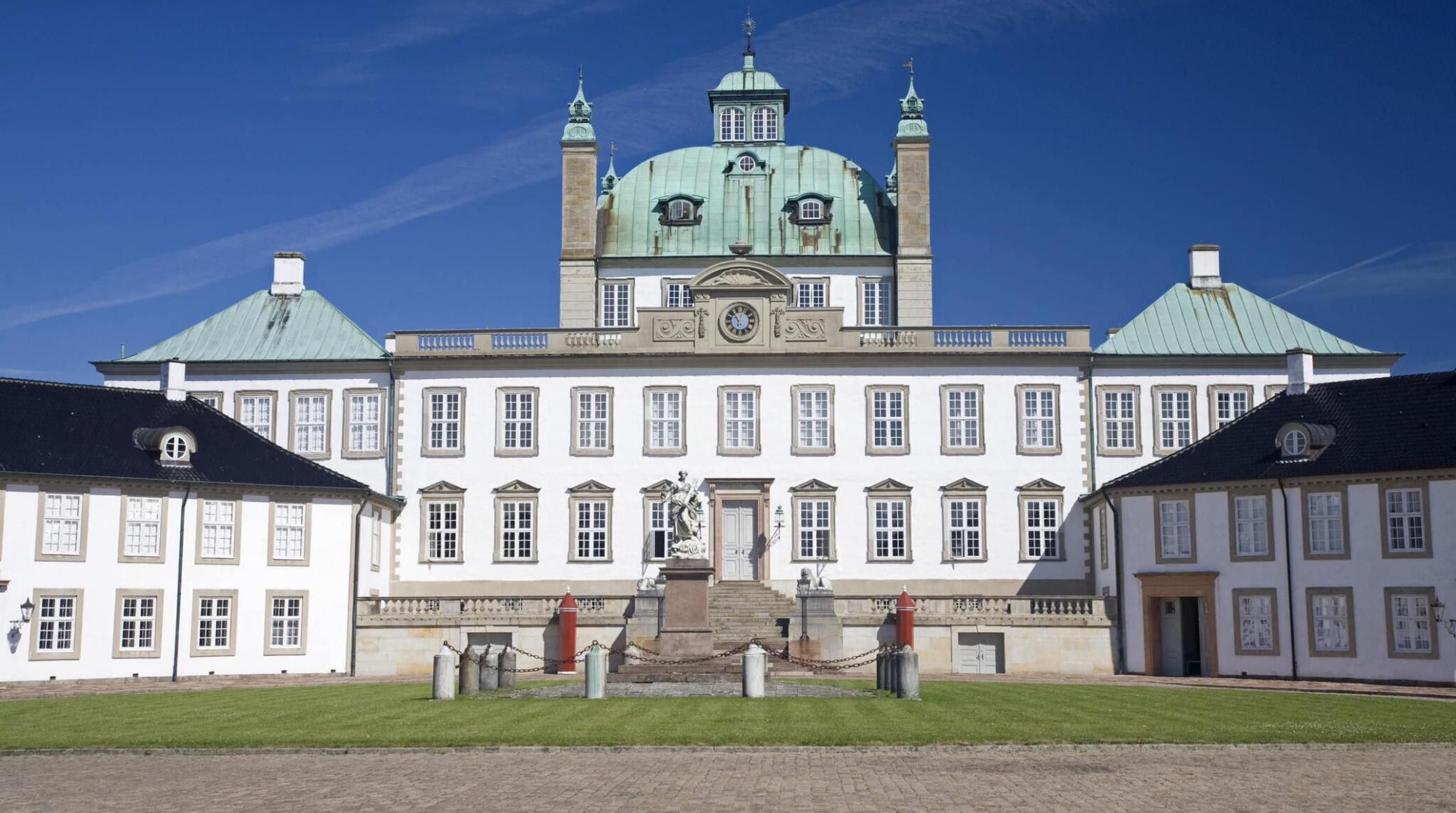About Fredensborg Palace
For a brief period of time , the palace was not used, but during the time of Christian IX, the palace was used for lengthy periods. Apart from all the ceremonies, this palace is also the summer residence for the royal family. The palace has different types of buildings around it that are worth exploring, like the Orangery, Chapel, riding ground and even the palace garden.
Fredensborg Palace Highlights
• Wander around in the palace gardens and have a look at the different types of statues and greenery.
• Head to the Orangery and have a look at the different types of plants that are used for decoration and cooking purposes.
• Go to the chapel and learn about how this place has witnessed numerous confirmation services of the royal family.
• Explore the riding ground and table which was used for taking care of the royal horses for ceremonial purposes.
• Head to the Chancellery house, which was the official residence of the ministers and Chancellor.
How To Reach Fredensborg Palace
- By Car: The Fredensborg Palace is 1.5 km from the city centre, it will take 15 min via Route 1.
- By Bus: Take a bus to Fredensborg slot station which is 270 metres away from the Fredensborg Palace. You can reach the Fredensborg Palace location from the bus station with a 3-minute walk
- By Train/ metro: Take a train to X station which is Y feet away from the museum. You can reach the activity location from the train station with a Z-minute walk.
- By Foot: If you are in the heart of the city, then take the Slottet road and Slotsgade and walk up to 120 metres. You will reach the Fredensborg Palace in around 15 minutes.
Best Time To Visit Fredensborg Palace
Fredensborg Palace is open throughout the year, so you can plan your visit to this place at any time of the year.
- The best season to visit the Fredensborg Palace will be the summer season from March to May because this is the time when the climate is pleasant.
- The best day in the week will be the weekdays due to less crowds regardless of any time of the year.
- The best time of the day to visit the Fredensborg Palace will be in the morning due to less crowds and a favourable temperature.
Fredensborg Palace Other Essential Information
Visitors Tips:
- The change of guards ceremony happens everyday at 12 noon, so try checking out this iconic ceremony.
- You will need at least 3 to 4 hours to explore the premises of the Fredensborg Palace, so be prepared to walk around accordingly.
- During the summer months, you can head to the cafe located alongside the lake, so in case you go for a boat ride, you can head to this place too.
- If you are planning to take a guided tour, make sure you book it well in advance for a smooth and hassle-free access to this place.
Walk Around The Palace Garden
The palace garden is spread across 120 hectares and was designed by J C Kreiger and it is made to resemble a fan. It resembles a garden present amidst a forest. This garden was later modified by Nicolas Henri Jardin in the 1760s and also added a lot of sculptures. This garden is also the recipient of the European Heritage Award in 2013 and is known for its pristine and colourful look. You can simply walk around and check out the different types of sculptures.
Visit the Chancellery House
The Chancellery House is located on the south side of the riding grind which is newly built. This building was originally built in 1731 during the time of Christian VI for the ministers of the royal family. The locals believe that it got its name Chancellery House because the Chancellery, which is the governing body of Denmark, stayed in this place. Once you enter this building, you will be greeted with a tall structure with a domed ceiling. This is the original structure, apart from a few minor modifications, but it is definitely worth looking at.
Head to the Orangery
This is the place where the kitchen garden of the palace exists. It was built in 1995 and houses a lot of potted plants. Here, you can find plants like citrus and myrtle flowers which are used for decoration. Many of these flowers are later grown to be cultivated in the kitchen garden too. Here, you can find up to 350 plants of different sizes, including laurel plants and citrus trees.
Pray in the Palace Chapel
The chapel is an integral part of the palace and was created by sculptor Friedrich Ehbisch. It was consecrated in 1726 and is the go to place for religious ceremonies for the royal family. From confirmation ceremonies to christening ceremonies, this chapel has seen it all. Apart from the altar, the chapel is also known for the painting on the ceiling made by Per Kirkeby.












.webp?w=1280&dpr=1)
